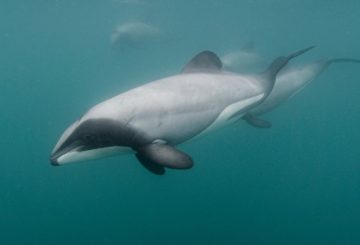ACC的Nymbl是一款面向老年人的力量与平衡应用程序,庆祝了其成立一周年。在过去的一年中,超过33,000名新西兰老年人下载了这款免费应用程序,这有助于他们保持稳定并保持信心。
Nymbl 旨在帮助老年人检查、维持和改善他们的平衡。“跌倒会极大地影响一个人的生活质量,特别是如果跌倒会导致骨折。我们的目标是从一开始就防止跌倒发生。” ACC伤害预防计划负责人詹姆斯·惠特克说。
该应用程序于去年4月推出,是ACC的 “Live Stronger for Longer for Longer” 计划的一部分,该计划旨在防止跌倒和骨折。Nymbl 将简单的身体动作与简单的大脑游戏(例如问答游戏)相结合,以挑战身心。科学证明,这种双重任务处理方法比单独进行体育锻炼更快地改善平衡。
在新西兰,跌倒是最常见的伤害原因,占所有ACC索赔的39%。跌倒造成的最严重的伤害是骨折和头部受伤。随着年龄的增长,跌倒变得越来越频繁,每年有三分之一的65岁以上的人在跌倒时受伤。一旦他们达到 80,这个数字就会增加到二分之一。
跌倒造成的伤害会导致失去独立性、社交隔离和孤独感,这会进一步增加跌倒和跌倒受伤的风险。生活在社区的65岁及以上人口中,约有30%每年至少跌倒一次,10%至20%需要住院。
詹姆斯说:“我们希望帮助新西兰人站稳脚跟,享受独立,过上他们想要的生活。”“我们想消除这样的观念,即摔倒是衰老过程的一部分。大多数跌倒是可以预防的。”
ACC 的 Live Stronger for Longer 更长时间的伤害预防计划有两种预防工具。首先,通过全国各地的社区课程或Nymbl应用程序提供的力量与平衡旨在降低跌倒率。其次,骨折联络服务,旨在将继发性脆弱性骨折的发生率降至最低。詹姆斯补充说:“我们希望支持年长的新西兰人锻炼自己的力量和平衡,使他们能够继续享受独立生活。”

















































-helped-regain-her-strength-and-balance-using-Nymbl-after-a-fall.-660x440.jpg)












